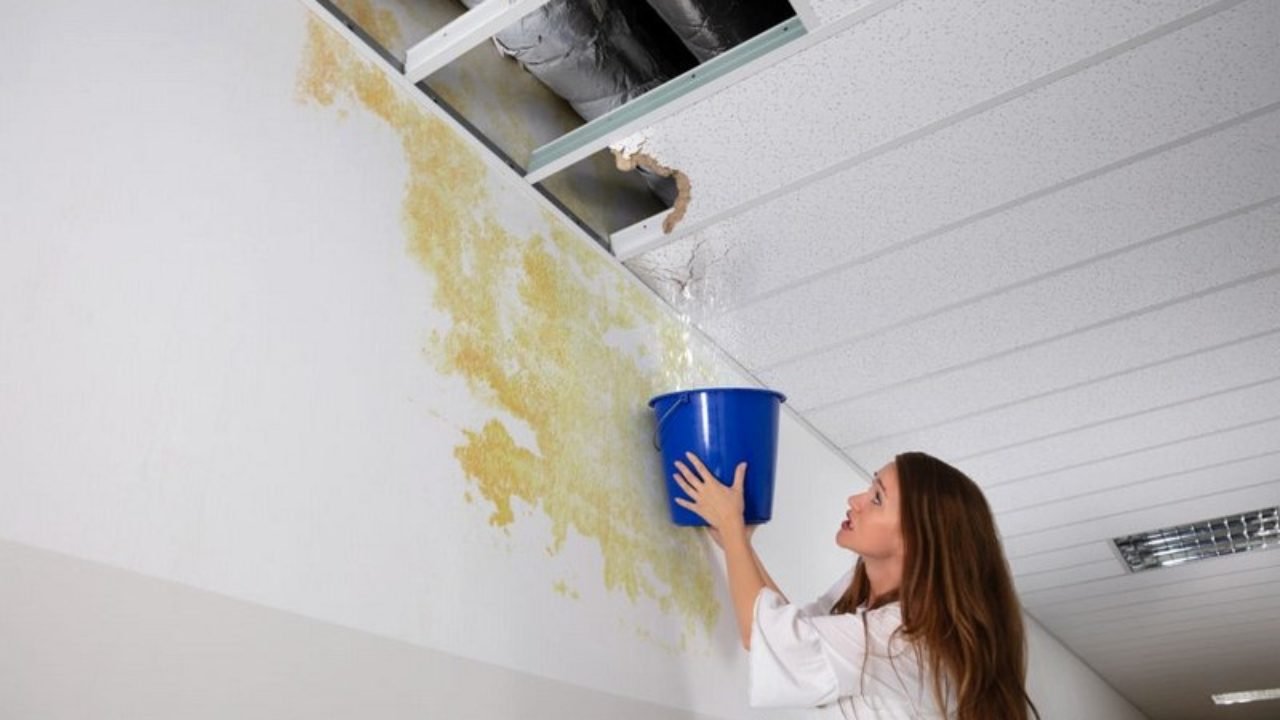Understanding The Factors Behind Water Leaks Are So Common Within Your Residence
Understanding The Factors Behind Water Leaks Are So Common Within Your Residence
Blog Article
What're your ideas about How to detect water leaks in your home?

Leaks not only create waste of water but can also cause unnecessary damages to your residence and promote unwanted organic development. Regrettably, water leakages may go unnoticed considering that a lot of the pipework in our home is concealed. By looking and also understanding for daily situations that create leaks, you can safeguard your residence from future leakages and unneeded damage. Today, we will look at six leak triggers that may be triggering your pipelines to drip.
Instantaneous temperature adjustments.
Extreme temperature level adjustments in our pipelines can trigger them to broaden and contract unexpectedly. This expansion and contraction might trigger cracks in the pipelines, especially if the temperature level are below cold.
Rusty water systems
As time goes by, your plumbing system ages and also deterioration such as corrosion might start gnawing the pipes. This may be the reason for staining or bending on your water pipes. This requires an assessment with your plumber instantly. Think about replacing the pipes since they are at a greater threat of corrosion than the newer models if our plumbing system is old.
Malfunctioning Pipe Joints
Pipe joints can wear away over time, resulting in water leakages. If you have noisy pipelines that make ticking or banging noises, particularly when the hot water is turned on, your pipe joints are most likely under a lot of pressure.
Encroaching roots
Many water leaks start outside your house instead of inside it. If you notice an unexpected decline in water stress, state in your faucet, require time to head out and also examine your yard. You might notice wet spots or sinkholes in your lawn, which could imply that tree origins are attacking water lines creating water to leak out. You can have your plumber look for breach, especially if you have trees or hedges near your home.
Poor Water Connectors
At times, a leak can be created by loose pipes as well as pipelines that supply your home appliances. In situation of a water connections leak, you may notice water running directly from the supply line or puddles around your devices.
Blocked Drains
Obstructed drains may be bothersome as well as inconveniencing, however they can often end up triggering an overflow resulting in burst pipelines. Keep eliminating any kind of products that may decrease your drains that could obstruct them to avoid such inconveniences.
All the above are sources of leakages but not all water leaks arise from plumbing leaks; some leakages might come from roofing leakages. All leaks should be repaired instantly to prevent water damages.
Leakages not just cause waste of water however can likewise trigger unnecessary damage to your residence and promote unwanted organic growth. By looking as well as comprehending for everyday circumstances that create leakages, you can shield your residence from future leaks and unnecessary damages. Today, we will look at six leakage triggers that may be creating your pipelines to drip.
At times, a leakage can be caused by loosened hoses as well as pipelines that provide your appliances. In instance of a water connections leak, you might notice water running directly from the supply line or pools around your appliances.
How To Check For Water Leak In Your Home
How To Check for Leaks
The average household's leaks can account for nearly 10,000 gallons of water wasted every year and ten percent of homes have leaks that waste 90 gallons or more per day. Common types of leaks found in the home are worn toilet flappers, dripping faucets, and other leaking valves. These types of leaks are often easy to fix, requiring only a few tools and hardware that can pay for themselves in water savings. Fixing easily corrected household water leaks can save homeowners about 10 percent on their water bills.
To check for leaks in your home, you first need to determine whether you're wasting water and then identify the source of the leak. Here are some tips for finding leaks:
Take a look at your water usage during a colder month, such as January or February. If a family of four exceeds 12,000 gallons per month, there are serious leaks.
Check your water meter before and after a two-hour period when no water is being used. If the meter changes at all, you probably have a leak.
Identify toilet leaks by placing a drop of food coloring in the toilet tank. If any color shows up in the bowl after 10 minutes, you have a leak. (Be sure to flush immediately after the experiment to avoid staining the tank.)
Examine faucet gaskets and pipe fittings for any water on the outside of the pipe to check for surface leaks.
Undetected water leaks can happen without the home or business owner even realizing. If you suspect a water leak, but not able to find the source. It is time to contact a professional water leak detection service, The Leak Doctor.
How To Find a Water Leak In Your Home
https://www.leakdoctor.com/blog/How-To-Check-For-Water-Leak-In-Your-Home_AE197.html

We were guided to that article on Most Common Causes of Leaky Pipes from a good friend on another web blog. Sharing is nice. You just don't know, you could be helping someone out. I praise you for your time. Please come visit our website back soon.
Immediate help? Ring! Report this page